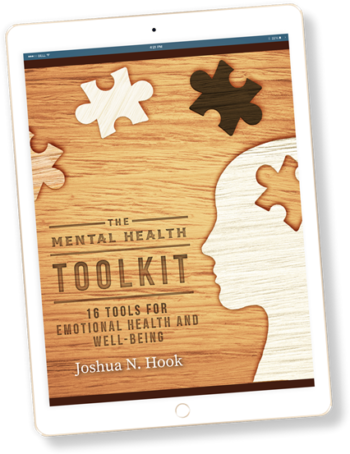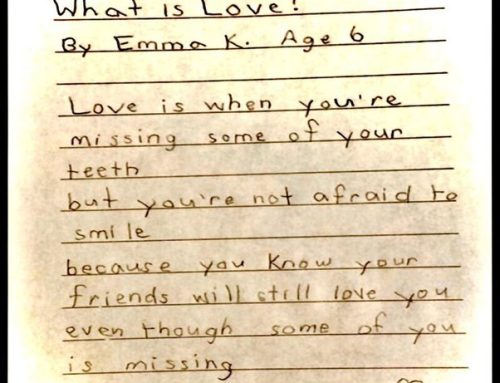The Five Love Languages
August 15, 2017
Categories: Love,Relationships
One of my favorite books for couples is the Five Love Languages by Gary Chapman. The premise of the book is simple, but profound. As people, we give and receive love in different ways. We tend to think our partner will receive love in the same way that we prefer to receive love, but that isn’t always the case. So couples can miss each other.
One of my favorite examples of this principle happened on the TV show The Simpsons. Homer gets Marge a birthday gift, but he gets her a bowling ball. It’s ostensibly a gift for her, but it is actually something he wanted for himself. Marge doesn’t feel loved by the bowling ball gift. Instead, she gets angry, and chaos ensues.
This is a silly example, but a similar dynamic happens a lot in romantic relationships. That’s why it’s important to get in touch with yourself and your partner, and figure out how each of you likes to receive love and affection. Once you know each other’s love language, you can show love to your partner in tangible ways that they are more likely to receive.
In the book, there are 5 different love languages. As you read each one below, take some time and think about it. When your partner does this behavior, do you feel loved? Or is it not that big of a deal?
- Gifts. Some people feel loved when they receive gifts or presents. Do you love getting flowers, jewelry, clothes, or tools? You might be a gifts person.
- Encouraging words. Other people feel loved when they hear words of encouragement. Do you love having your partner tell you the various ways that they appreciate you? You might be an encouraging words person.
- Time. Do you love spending quality time with your partner? Do you cherish the time spent just the two of you, irrespective of what you are doing? You’re probably a time person.
- Touch. Do you love giving and receiving touch? Do you enjoy cuddling, hugging, kissing, backrubs, and connecting sexually? You might be a touch person.
- Service. Do you love it when your partner does things for you, like loads the dishwasher or cleans the bathroom? You might be a service person.
First, take some time and think about how you receive love. What is your #1 love language? What is your #2 love language?
Second, have a conversation with your romantic partner about your love languages. Try to be honest with each other—how do you best receive love? None of the love languages are “right/wrong,” or “better/worse.” They’re just different—like a language. The important thing is getting in touch with your love language, and then communicating your love language to each other, so that you are in tune with how the other person naturally receives love.
Third, try to do one thing each week that connects with your partner’s love language. This might be a stretch for some of you, if your partner has a different love language from you. For example, I’m not really a gifts person, so giving cool gifts doesn’t come naturally to me. I have to do some work to think about what kind of gift my fiancé would like. But it’s worth it—because she feels loved and cared for, and our relationship stays on track.

Related Thoughts

Subscribe To My Newsletter
Join my mailing list to receive the latest blog posts.
Receive my e-book “The Mental Health Toolkit” for free when you subscribe.





